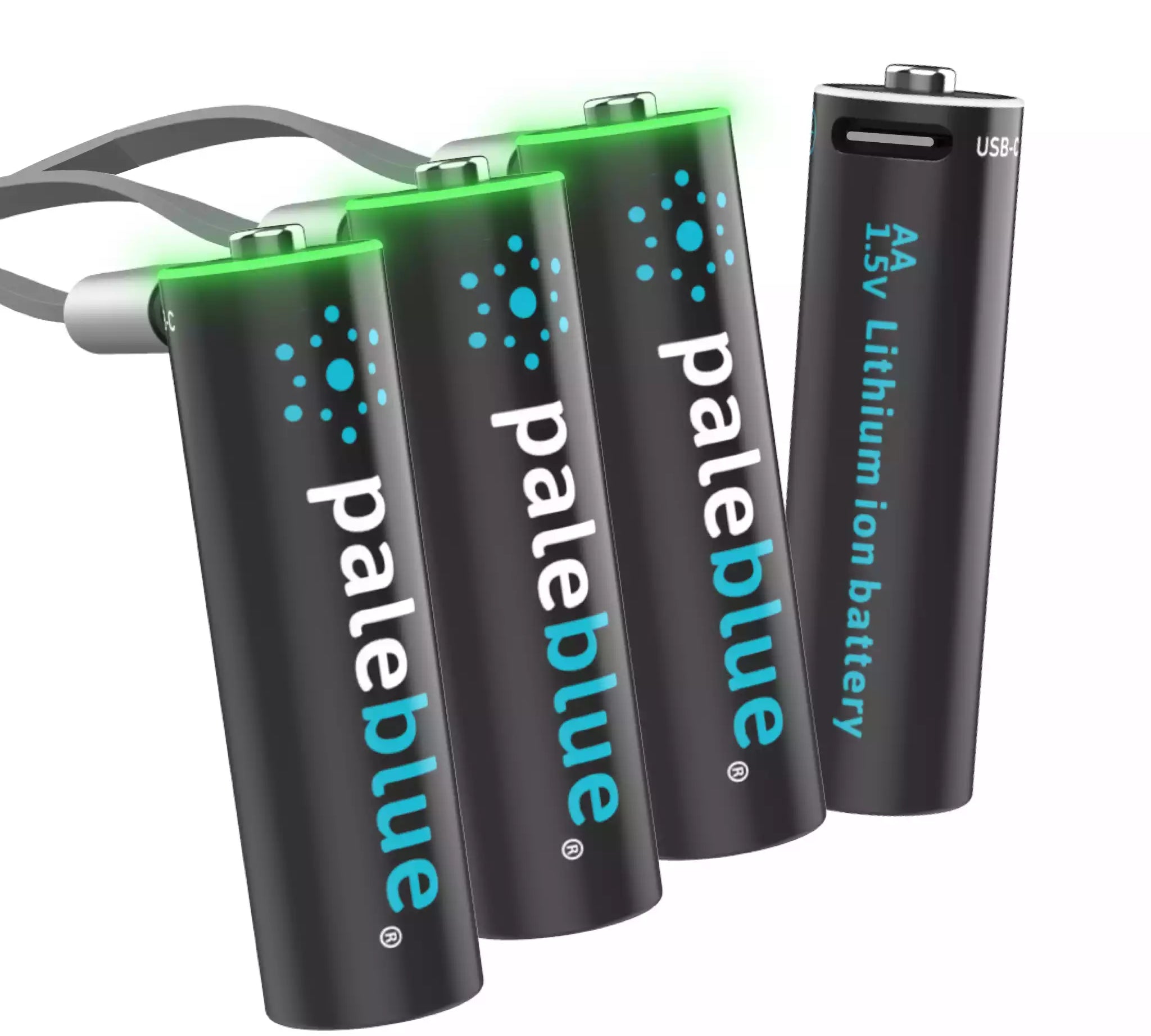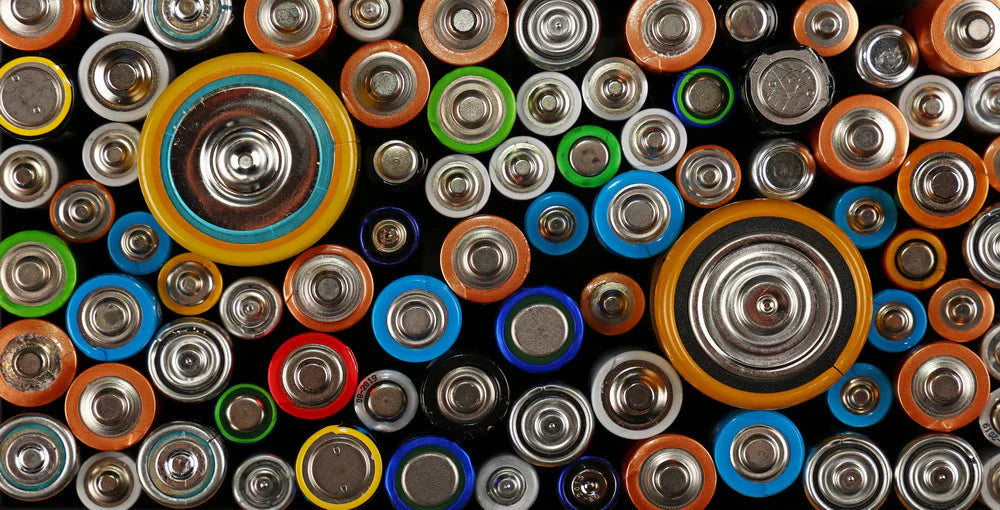Use Other Eco-Friendly Products Alongside Our Batteries

Here at Paleblue, environmental responsibility is not a marketing ploy. We cannot imagine being that cynical. Rather, we talk about the eco-friendliness of our USB rechargeable batteries because we believe wholeheartedly in the concept of protecting the environment by changing the products we use.
We encourage our customers to use other eco-friendly products alongside our batteries. It is true that our batteries can keep hundreds or even one thousand disposable batteries out of landfills on a per unit basis. But batteries represent just one product category that does unnecessary harm to the environment.
If you believe in environmental responsibility, we have a few ideas you might find attractive and easy to implement.
1. Multi-Use Coffee Cups
Single-use coffee cups represent a lot of landfill waste. Over the years, operations from restaurants to coffee shops and corporate dining rooms have sought to move away from foam. Paper has served as a viable alternative yet manufacturing paper cups still consumes resources that can be better used elsewhere.
We suggest a multi-use coffee cup made of either stainless steel or food-grade silicone. We think the latter is a better bet. Silicone coffee cups are still relatively new, but they are gaining traction. You can take one with you to the coffee shop so that your favorite barista doesn't have to use paper or plastic.
2. Drinking Straws
It wasn't too long ago that the nation was embroiled in the drinking straw debate. That debate is pretty much over now and single-use plastic straws are quickly being abandoned. But just as with paper coffee cups, paper straws still require significant resources. A better solution is the reusable stainless steel straw.
You can buy reusable plastic straws, but what's the point? We are trying to get over plastics. Stainless steel straws will last a lifetime – and then some. They are easy to clean and incredibly durable.
3. LED Light Bulbs
The world did a good thing when it retired incandescent light bulbs in favor of fluorescent and compact fluorescent bulbs. The latter, also known as CFLs, took the place of incandescents in most households. But now there is an even better option: the LED light bulb.
Florescent and CFL light bulbs contain toxic materials, including mercury. They are disposal nightmare. In fact, did you know that you are not supposed to discard a broken florescent or CFL bulb in your household trash? That's right. We don't want mercury in our landfills.
LED lights provide illumination through a light emitting diode. Their main advantage is that they can provide illumination for 50,000 to 100,000 hours. Your typical CFL offers about 10,000 hours of life. More importantly, LED lights are many times more efficient. They use considerably less electricity to provide the same amount of light.
4. Reusable Grocery Bags
When the retail industry first switched from paper bags to plastic, it was thought that the switch was responsible inasmuch as doing so reduced demand on the timber industry. Remember that paper is made from trees. But a decade later, it became apparent just how much harm millions of plastic bags do to the environment.
We still don't want to go back to paper, so what's the alternative? Reusable cloth grocery bags. They have temporarily been put on the shelf due to the coronavirus crisis, but that will not last forever. Reusable cloth bags will still be a better option when the crisis is over.
Going reusable is better for the environment. So whether it is batteries or grocery bags, choose reusable. And when no reusable option is available – like with light bulbs – use the most environmentally responsible product on the market.
- Tags: Sustainability







